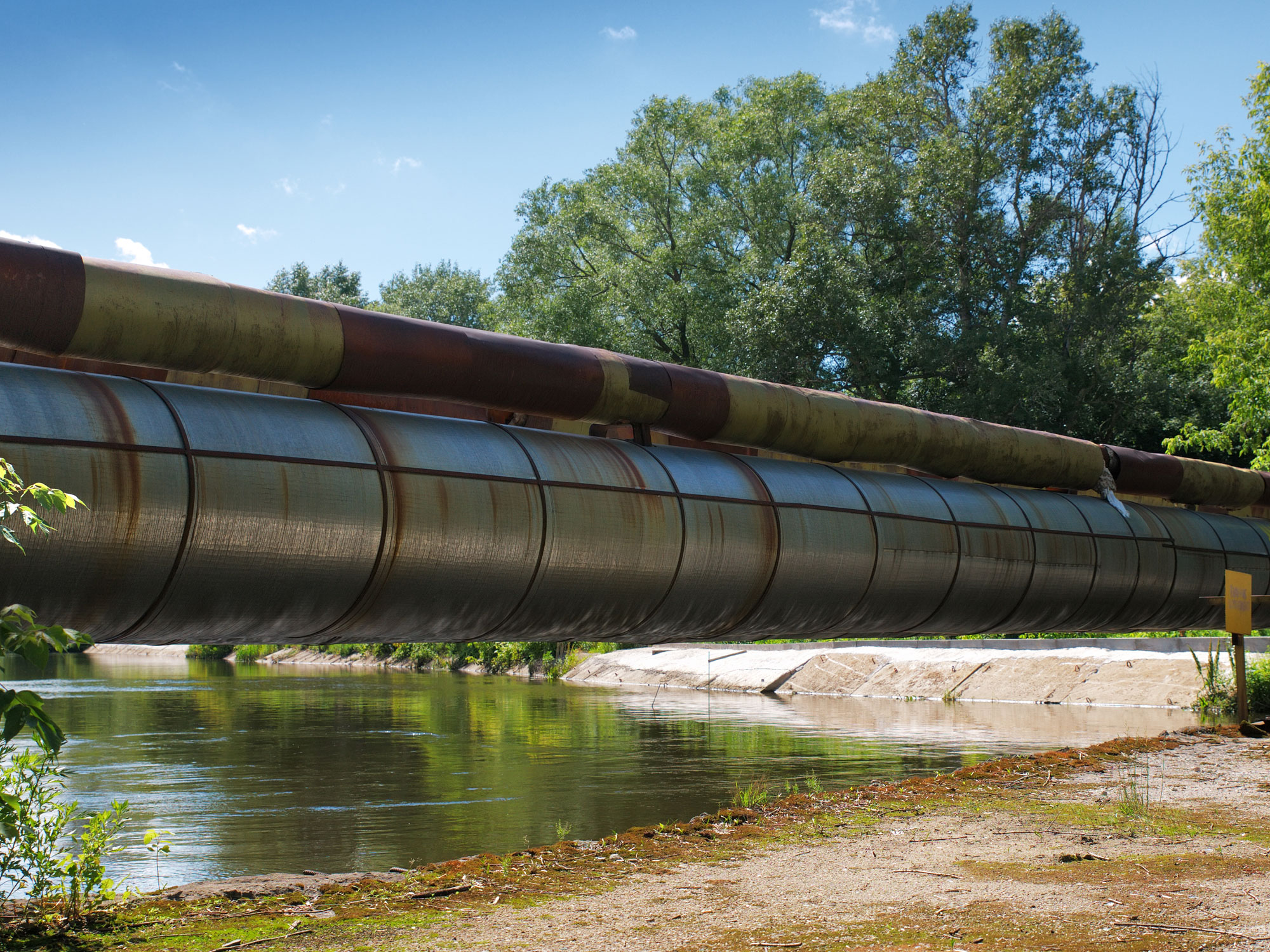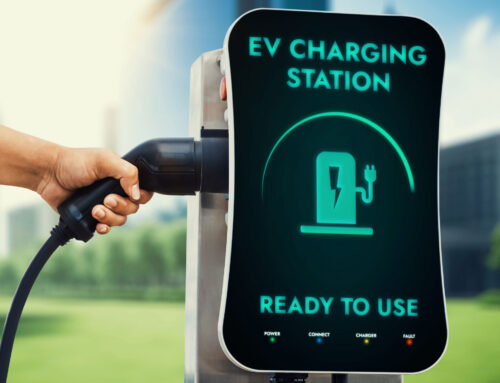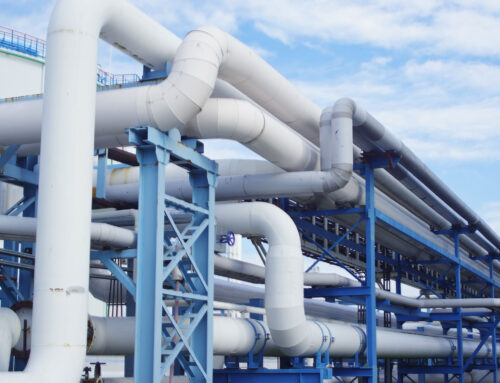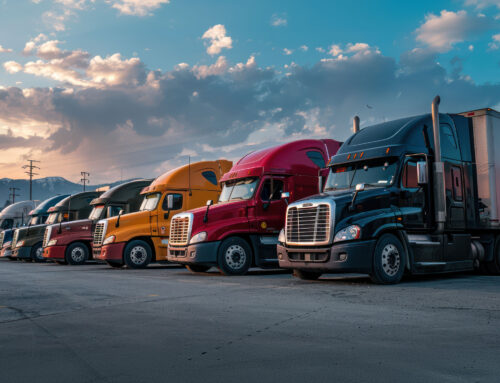More than 1,200 pipelines meander their way through North America, transporting 3.5 million barrels of crude oil daily across the continent and ultimately providing 20 billion barrels annually. The North American pipeline system is the largest in the world and accounts for 44 percent of the globe’s pipeline length.
Why do we rely on such a complex system to transport fuel? Because it’s highly efficient, cost-effective, and reliable. It dramatically reduces the need to move fuel via other methods (trucking and shipping), cutting down on costs and the environmental impact.
The team at Financial Fuel Services partners with oil companies throughout North America, supporting them in their dealer-merchant relationships and financial processing services. As a result, we have a deep understanding of how fuel enters a terminal and ends at truck stops and gas stations. Here’s a step-by-step explanation of how it works.
Step #1: Fuel Enters the Pipeline Network through a Pumping Station.
After the fuel has been prepared and meets pipeline specifications, large intake valves route the fuel through the entry station. Reciprocating or centrifugal pumps pressurize the oil and push it through the pipeline. When pipelines carry separate products, such as crude oil and natural gas or gasoline and diesel, batching pigs are used.
Step #2: Pump Stations Release Fuel at Intervals, Making Its Flow Continuous.
Intermediate stations, located between 30 and 100 miles apart, maintain the flow rate and pressure, keeping the fuel moving through the pipeline. Intermediate terminals are critical for batch management. Fuel can be stored briefly in tanks at intermediate terminals, which helps to control supply and demand. It’s also a place where fuel can be tested again for water content, additives, and any composition changes that could have occurred during transport.
Step #3: Sensors Monitor and Control Pressure, Temperature, and Flow Rate.
Oil companies and pipeline operators leverage Supervisory Control and Data Acquisition (SCADA) systems to keep close attention to fuel as it enters and passes through a pipeline.
Pressure sensors detect any peaks or valleys in pressure, important early indicators of equipment failure and leaks. Temperature sensors monitor the temperature of crude oil, preventing it from excessive cooling and heating. Flow meters check that the current flow rate of the oil stays within regulatory and corporate standards.
Remote monitoring systems are an essential way pipeline operators mitigate pipeline safety issues and maintain operational security.
Step #4: Fuel Reaches an End Terminal and Gets Distributed.
Before fuel reaches an end terminal, oil companies and pipeline operators decide how much of it is going to be offloaded onto a truck, train, or ship and distributed regionally and how much of it will be pumped back into the pipeline.
How Financial Fuel Services Can Help Your Oil Company
Crude oil is one of the world’s most important energy sources. At Financial Fuel Services, we work with clients in the oil and gas industry, shepherding them through payment processing issues and solutions. Learn more about what we can do for your oil company. Schedule your consultation with our team today.






